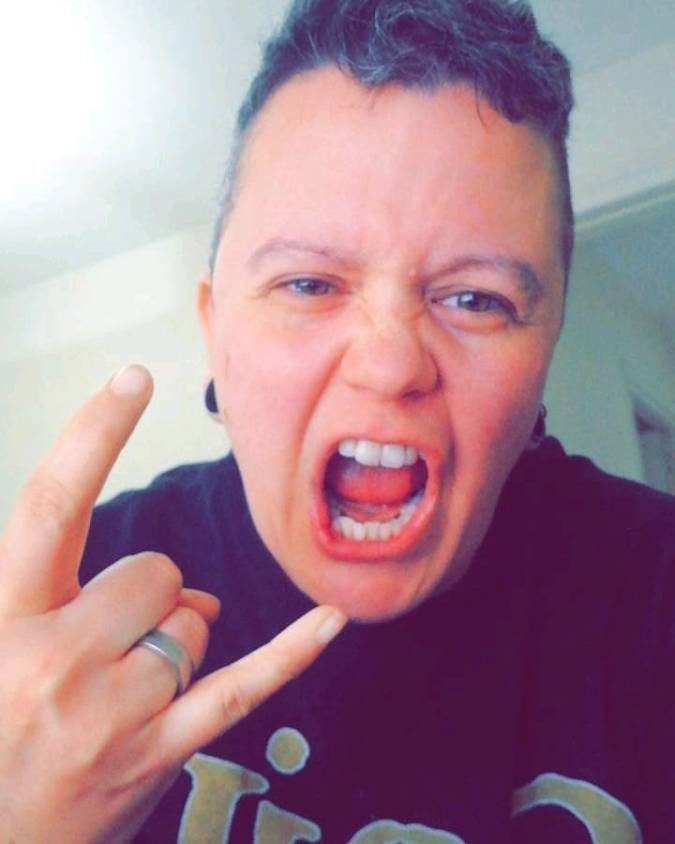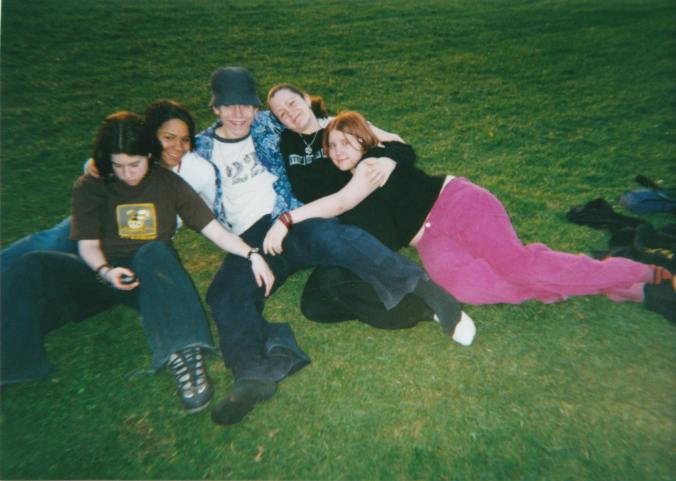This blog has two functions. I was asked to write it for an ableism project but also for me personally I’ve written it as basic guide for one of the gaming communities I am a part of.
What is autism?
Autism is a lifelong neurological developmental spectrum condition. Autistic children become autistic adults. You cannot catch autism. It is not a disease, therefore there is also no “fix” or “cure.”

Every autistic person experiences autism differently, with a combination of traits which makes up their condition. Listed below are some of the common traits of autism:
Communication difficulties
It can be difficult for an autistic person to convey what they want to say and understand what other people are saying to them.
Sensory issues including light, sound, touch and taste
Certain sensory input can be uncomfortable or even painful. For example the feel of cardboard on the hand could make an autistic person flinch or even meltdown.
Implicit need for routine / inflexibility with change
Routine creates a familiar pattern where an autistic person can feel safe. Changing that routine can cause anxiety and meltdown.
Socially inept
May struggle to understand jokes and sarcasm. Can make inappropriate comments. Not always sure of what is expected of them.
Need for repetitive actions / stimming
Stimming helps autistic people deal with a world that is not designed for them. Creating a pleasurable sensory input can help to counteract the effects of unpleasant sensory input or help focus in a conversation. Stimming can include clicking fingers, tapping, saying the same thing over and over etc.
The masking of autistic behaviour to try and fit in
Masking is when an autistic person deliberately tries to hide their autistic traits. It is very draining and can cause burnout, meltdown, shutdown, anxiety and depression. People assigned female at birth are more likely to mask because society traditionally doesn’t believe AFAB people can be autistic.
Intense interest in specific areas
Autistic people often have intense special interests. This could be in a particular type of music, a period in history, cars….anything really. The important thing is that autistic children and adults are allowed to indulge in their special interests and are not punished for being, “obsessed.”
Meltdowns, shutdowns & burnout
These happen when there is too much sensory input, routine is broken, special interests are denied and generally lots of bad things have happened.
Meltdowns might include crying, screaming and self harm. Shutdowns can involve non-verbal periods and isolation. Burnout can feel like a hangover with intense fatigue.
Word and language creation
Autistic people often make up their own language to help them navigate the world better. Some of this will be to do with language delay growing up, but it could also be due to being hyperlexic. There doesn’t seem to be a consensus in research.
Co-morbid conditions
Many autistic people have a combination of conditions. These include but aren’t limited to:
Depression
Anxiety
ADHD
BPD
Dyspraxia
Misophonia
SPD
Hypermobility
Body temperature control issues
IBS
Executive dysfunction
Executive function is what allows us to control working memory and functionality. It basically helps us get stuff done. Some autistic people struggle with dysfunction in this area. For example rushing a shower because you are late and putting moisteriser on as shampoo or being so hyper focused on getting a task done when you get home, that you forget to close your car window. It can also involve forgetting to eat, drink or meet a friend etc.

Autistic Communication Style
We are often very blunt and honest in the way we communicate. We don’t feel the need to create implied meanings or step around a subject as lightly as our allistic peers.
We can interpret things literally which is where jokes and sarcasm are sometimes lost.
Some autistic people are entirely non-verbal so may use communication cards or sign language for example. Some of us go non-verbal as the result of burnout or are only verbal some of the time. There are well documented cases of entirely non-verbal autistic people having a huge online presence. Being non-verbal is not an indicator of worth or intelligence.
Autistic people can lack different tones and body language whilst speaking. Some can be very animated and enthusisatic. This is certainly not a clear cut 100% of the time issue.
Eye contact can be difficult. We often mask by looking at different areas of the face to feign eye contact. Sometimes we’ll look away entirely. Being forced to look you in the eye will often mean we don’t process a single thing you say to us.

What does autistic communication look like to allistic people?
It can look like someone is being rude, aggressive, inattentive, child like, arrogant, annoying because they don’t communicate in ways that allistic people are taught are standard.
How do I communicate with autistic people efficiently?
Being clear and concise without using implied meaning is a good start.
Try and be relaxed about communication and be willing to explain yourself. Misunderstandings will happen.
Take us at face value.
Don’t insist on eye contact and allow us to stim if that helps us focus on the conversation.
Take into consideration the environment you’re speaking in. Is it really loud and bright? That will affect our ability to process your words.
Learn to understand non-verbal communication and communicate in ways that are beneficial to autistic people and not necessarily what is comfortable for you.
Don’t make assumptions about intelligence and competence.














